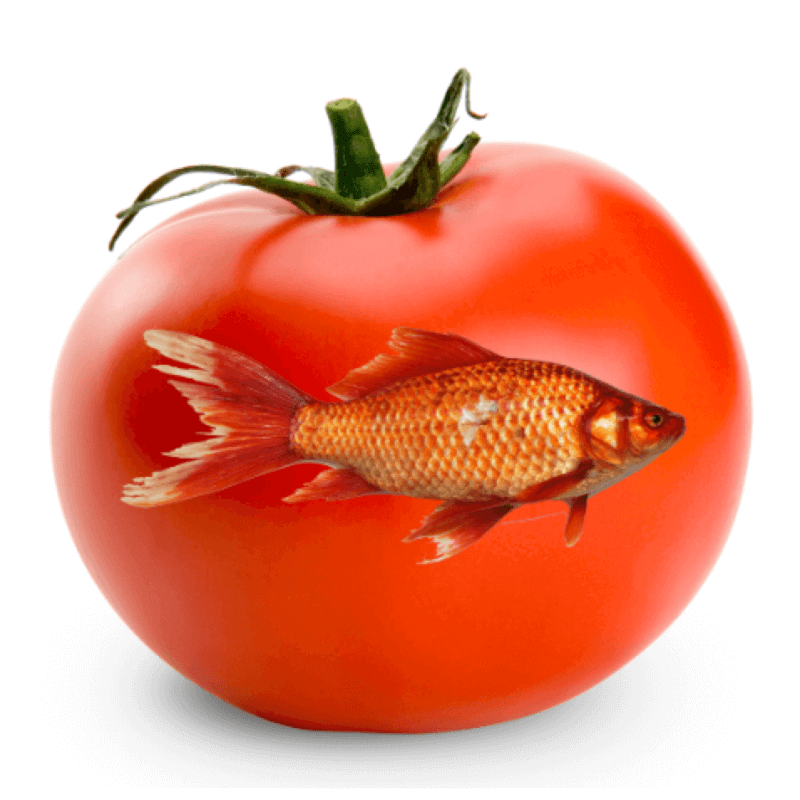The GLP aggregated and excerpted this blog/article to reflect the diversity of news, opinion and analysis.
A backlash toward GMO foods has emerged over recent years. According to an ABC News poll, approximately half of the United States population believes that GMOs are unsafe to eat.
Most of the concern stems from fear. Many people find the idea of inserting a gene from a bacteria into corn repulsive — the assumption being that the corn is now contaminated by bacteria and unsafe to eat. The same fear surfaced recently when it came to light that experiments were underway to insert a fish gene into tomato plants to make tomatoes more resistant to freezing. Fishy tomatoes have a certain “ick” feeling to them, right?
The non-GMO marketing strategy is just that — marketing. That said, it is perfectly reasonable to be concerned about how our food is made. In this case, the fear is misplaced, but the scientific community needs to better communicate why GMOs are safe.
Inserting a single gene from a different organism is not unnatural. In fact, humans (and all species) have shared genes from a multitude of organisms in our DNA already — bacteria, viruses, fish, apes, and Neanderthals are some.
Inserting a fish gene into a tomato does not make a tomato “fishy” in the same way that humans cannot breathe underwater. We share some genes with fish, but that doesn’t make us fish. Indeed, a single gene can hardly be considered “part of” a specific organism at all.
Genes are not characteristic of organisms. An organism is characteristic of its combined genetic makeup.
Layla Katiraee at The Genetic Literacy Project has compiled an excellent list debunking common myths perpetuated by non-GMO activists, which you can read here.
Read full, original post: Frankenfood? The Real Science Behind GMOs































